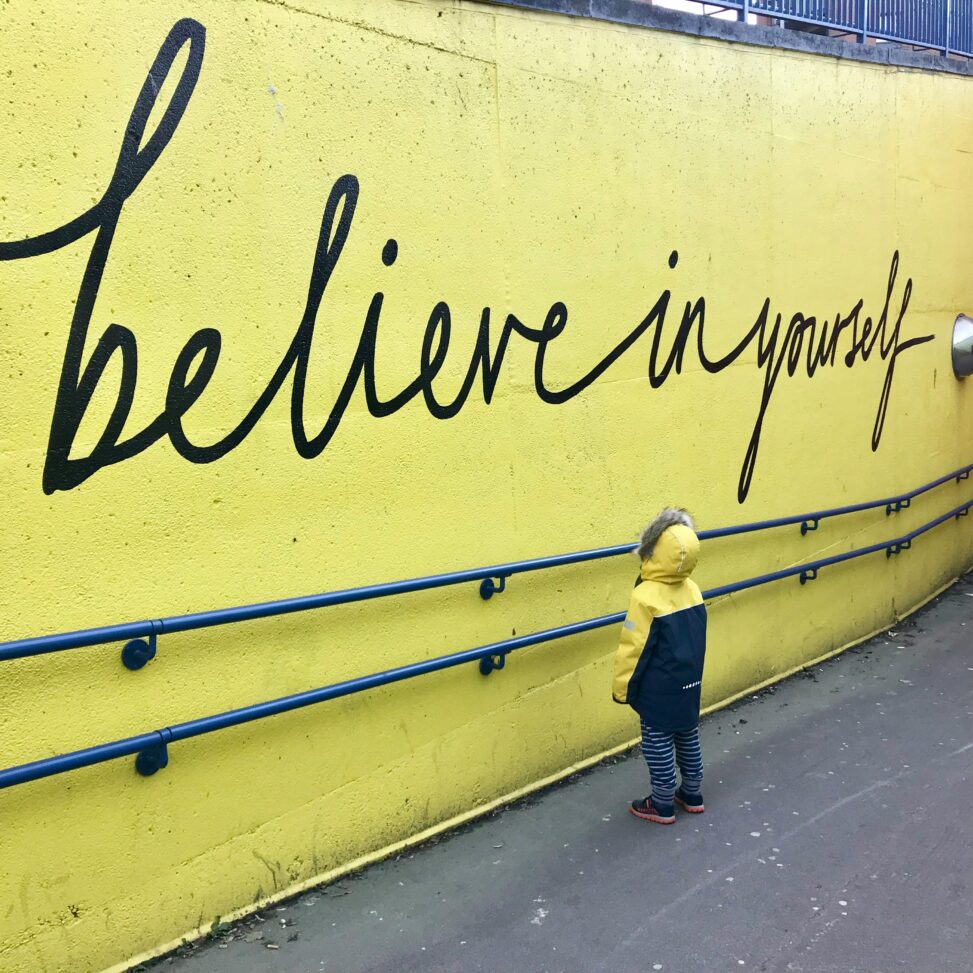As part of my spring professional development I read Linda B. Nilson’s book Creating Self-Regulated Learners. The use of the word “self-regulated” intrigued me. In Social Work we usually talk about self-regulation in the context of behaviour, often of children, self-regulation being skills acquired through attachment relationships to manage behaviour and reactions to difficult or changing emotions. In the context of learning, according to Nilson (2013) “self-regulation encompasses the monitoring and managing of one’s cognitive processes as well as the awareness of and control over one’s emotions, motivations, behaviour, and environment as related to learning.” When it comes to students I think that self-awareness is really key. Its the self-awareness of what learning is happening (or not happening), and what the student is doing to make that learning happen. For me the real key concept it not just teaching and learning about course material but instructors taking the time to really illuminate for students where and how learning is happening and then hand over the keys to students so they can take control of their own learning. Just like with parenting, this will involve some co-regulation with the instructor before self-regulation takes place.
The book offers many ideas and suggestions of assignments, assignment wrappers, engagement techniques, and in-class activities that instructors can use in their courses to enhance self-regulated learning. I appreciated all the detailed direction and examples the author provides. I have started implementing several of the ideas and suggestions in my courses, such as assignment and exam wrappers, reflections, and self-assessment. I believe this is a book I should keep revisiting for ideas until I have courses that fully integrate self-regulated learning.
References:
Nilson, L.B. (2013). Creating Self-Regulated Learners. Routledge.

Leave a Reply
You must be logged in to post a comment.